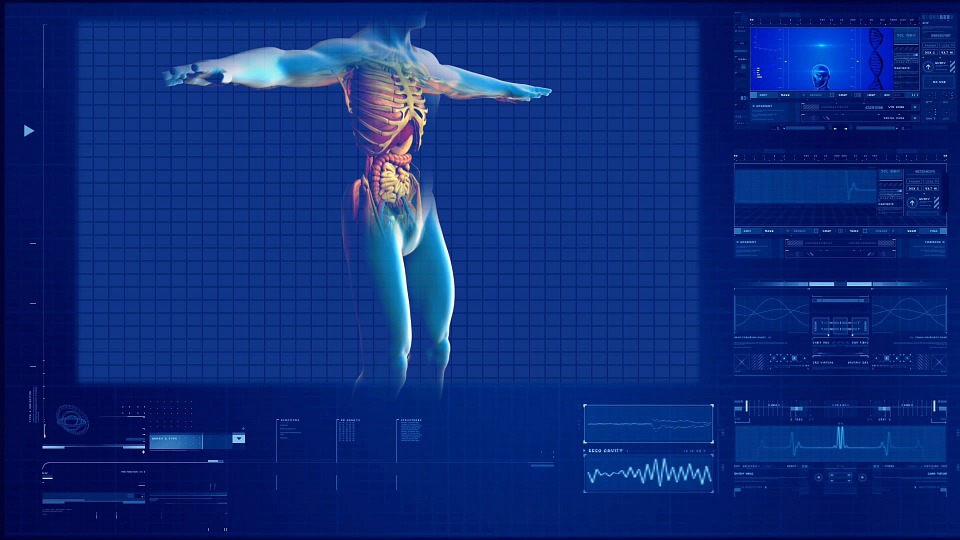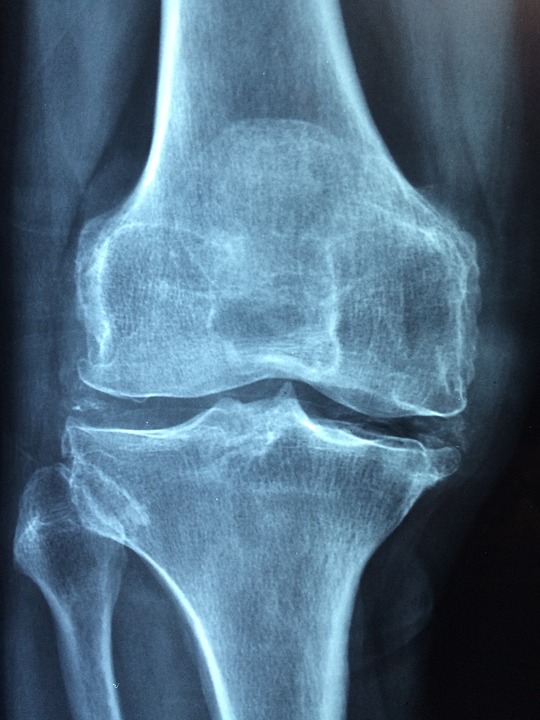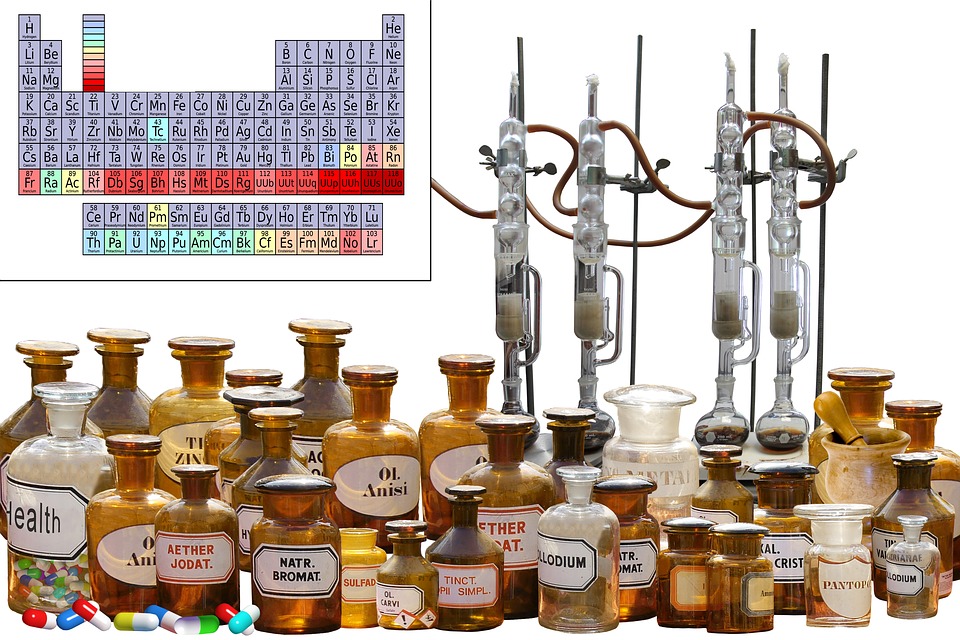Multiple system atrophy is a rare nervous system disorder where nerve cells in several parts of the brain deteriorate over time.
From the NHS Choices website
Symptoms of multiple system atrophy
Symptoms of multiple system atrophy usually start when someone is between 50 and 60 years of age, but they can come at any time after 30.
The symptoms are wide-ranging and include muscle control problems, similar to those of Parkinson’s disease.
Many different functions of the body can be affected, including the urinary system, blood pressure control and muscle movement.
Although there are many different possible symptoms of multiple system atrophy, not everyone who’s affected will have all of them.
Bladder problems
Men and women with multiple system atrophy will usually have one or more of the following bladder symptoms:
constantly feeling the need to pee
peeing more frequently
being unable to empty the bladder properly
being unable to pee
Erection problems
Men with multiple system atrophy will usually experience erectile dysfunction (the inability to get and maintain an erection), although this is a common problem that many men without the condition develop.
Low blood pressure when standing up
Someone with multiple system atrophy will often feel lightheaded, dizzy and faint after standing up. This is known as postural hypotension and is caused by a drop in blood pressure when they stand upright.
When you stand up after lying down, your blood vessels usually narrow quickly and your heart rate increases slightly to prevent your blood pressure from dropping and decreasing blood flow to your brain.
This function is carried out automatically by the autonomic nervous system; however, this system doesn’t work properly in people with multiple system atrophy, so the control is lost.
Problems with co-ordination, balance and speech
In multiple system atrophy, a part of the brain called the cerebellum is damaged. This can make the person clumsy and unsteady when walking, and can also cause slurred speech.
These problems are collectively known as cerebellar ataxia.
Slowness of movement and feeling stiff
A person with multiple system atrophy has much slower movements than normal (bradykinesia). This can make it difficult to carry out everyday tasks. Movement is hard to initiate, and the person will often have a distinctive slow, shuffling walk with very small steps.
Some people may also have stiff, tense muscles. This can make it even more difficult to move around and cause painful muscle cramps (dystonia).
The above symptoms are typical of Parkinson’s disease but, unfortunately, the medication used to relieve them in people with Parkinson’s disease (levodopa) isn’t very effective for people with multiple system atrophy.
Other signs and symptoms
People with multiple system atrophy may also have:
cold hands and feet
problems controlling sweating
muscle weakness in the body and limbs – it may be more pronounced in one arm or leg
uncontrollable laughing or crying
sleep problems – insomnia, snoring, restless legs or nightmares
noisy breathing and unintentional sighing
a weak, quiet voice
blurred vision
dementia (although this is uncommon)
Causes of multiple system atrophy
The causes of multiple system atrophy aren’t well understood.
It doesn’t appear to be inherited – there’s no evidence that an affected person’s children will develop it.
However, it’s possible that both genetic and environmental factors may contribute, so research is currently looking at whether there’s a genetic tendency (predisposition) to develop it.
The brain cells of a person with multiple system atrophy contain a protein called alpha-synuclein. A build-up of abnormal alpha-synuclein is thought to be responsible for damaging areas of the brain that control balance, movement and the body’s autonomic functions.
Diagnosing multiple system atrophy
There’s no specific test to diagnose multiple system atrophy.
A diagnosis can usually be made based on the symptoms, although it can potentially be confused with Parkinson’s disease.
Multiple system atrophy or Parkinson’s disease?
A person is more likely to have multiple system atrophy rather than Parkinson’s disease if:
their symptoms have progressed rapidly – a person with Parkinson’s disease deteriorates more slowly
they’ve experienced falls in the early stages of the condition – this isn’t a typical symptom of Parkinson’s
they don’t respond well to levodopa therapy – levodopa can significantly improve symptoms of Parkinson’s disease
their speech is severely affected – this isn’t a typical symptom of Parkinson’s disease
they gasp and breathe noisily – this isn’t a typical symptom of Parkinson’s disease
Further tests
If multiple system atrophy is suspected, a doctor (usually a neurologist) will test the person’s reflexes and “automatic” bodily functions, such as their bladder function.
A brain scan is often needed – usually an MRI scan or a SPECT scan – to detect any loss of brain cells. Read more about SPECT scans (PDF, 304kb).
More detailed assessments of autonomic function may also be carried out – for example, recording blood pressure changes when lying down and standing.
Treating multiple system atrophy
There’s currently no cure for multiple system atrophy and no way of slowing its progression.
People with the condition typically live for six to nine years after their symptoms start and may deteriorate quickly during this time. Some people may live for more than 10 years after being diagnosed.
Help and support is available, and the symptoms can be managed so that the person is as independent and comfortable as possible.
Read about the:
treatment of low blood pressure
treatment of urinary incontinence
treatment of swallowing problems
Physiotherapy and occupational therapy can help people with multiple system atrophy stay mobile and maintain fitness and muscle strength.
Help and support
Help for carers
Practical and financial help is available if you care for someone with multiple system atrophy.
Your local authority can carry out a carers’ assessment to assess your needs and determine the help and support you’re entitled to.
Find out more about carers’ assessments.
Support for people with multiple system atrophy
If you have multiple system atrophy and are finding coping with day-to-day life difficult, your doctor or nurse can refer you to a social worker.
They can carry out an assessment and recommend the help you require. For example, you may need:
care attendants – who can help with everyday tasks such as housework, dressing and washing
meals on wheels – your local council may be able to offer financial help for this; check your eligibility for getting meals at home
benefits – you may be eligible for a number of benefits, such as Attendance Allowance and Personal Independence Payment (PIP)
home adaptations – to make moving around at home easier and ensure your home environment is as comfortable as possible
Find out more about care and support needs assessments.
Further information and support
The Multiple System Atrophy Trust provides help and support to people with multiple system atrophy, as well as their families, carers and the healthcare professionals treating them.
The charity also funds research to discover the cause of multiple system atrophy and to try to find a cure.
The helpline number is 0333 323 4591 (Monday to Friday, 9am to 5pm). You can also email support@msatrust.org.uk.




